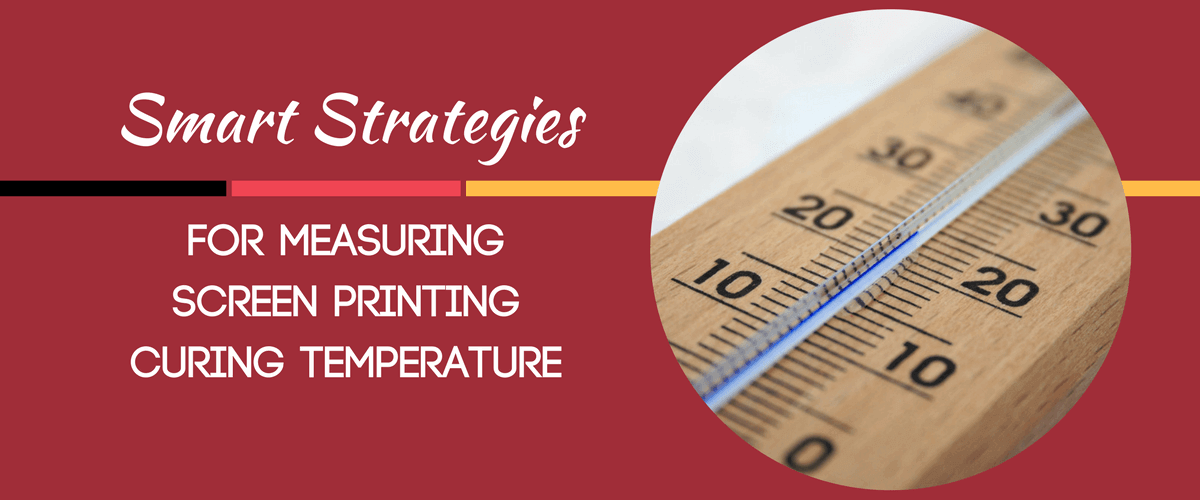Корзина пуста.
ru


Революция в индустрии трафаретной печати благодаря передовым технологиям и качественному обслуживанию
Телефон: +1 847-367-9760
Anatol Equipment Manufacturing Co.
1429 S Shields Dr
Waukegan, IL 60085


Революция в индустрии трафаретной печати благодаря передовым технологиям и качественному обслуживанию
Anatol Equipment Manufacturing Co.
1429 S Shields Dr
Waukegan, IL 60085

With the importance of heat in your screen printing shop, you can’t leave flash and curing temperatures to chance. Like any heating appliance, flash cure units and conveyor dryers have hot and cold spots. Different curing units heat differently. And over time, heating elements can break down or lose power. That’s why you should be monitoring the heat in your screen printing shop.
There are a few devices commonly used for checking the temperature of cured items in screen printing shops. All of the devices have positives and negatives, and it’s important to remember that all of the devices will tell you the temperature of your dryer or flash cure unit, or the surface temperature of your ink or garment. What matters when it comes to fully curing ink is that the entire layer of ink — not just the surface — comes to the proper curing temperature for the proper amount of time. For flash curing, you’re looking for a gelled surface on which to print more layers of ink, not a full cure.
Monitoring the temperatures of your flash cure unit and conveyor dryer is an important part of quality control in your screen printing shop. While it might not be practical to run every garment through the conveyor dryer with a donut probe or temperature strip, there are a few times that you should be checking temperatures in your screen printing shop.
By using the right temperature monitoring devices at the right times can help you to ensure that you’re providing your customers with quality prints that will last. Monitoring temperatures is an easy and inexpensive way to save you from having returned items due to improperly cured inks.
For more information on properly curing your screen prints, check out these blogs:
A Guide to Long-Lasting Screen Prints: Tips for Proper Curing
Getting the Most out of Your Screen Printing Conveyor Dryer to Cure Challenging Garments
Your message was successfully sent!